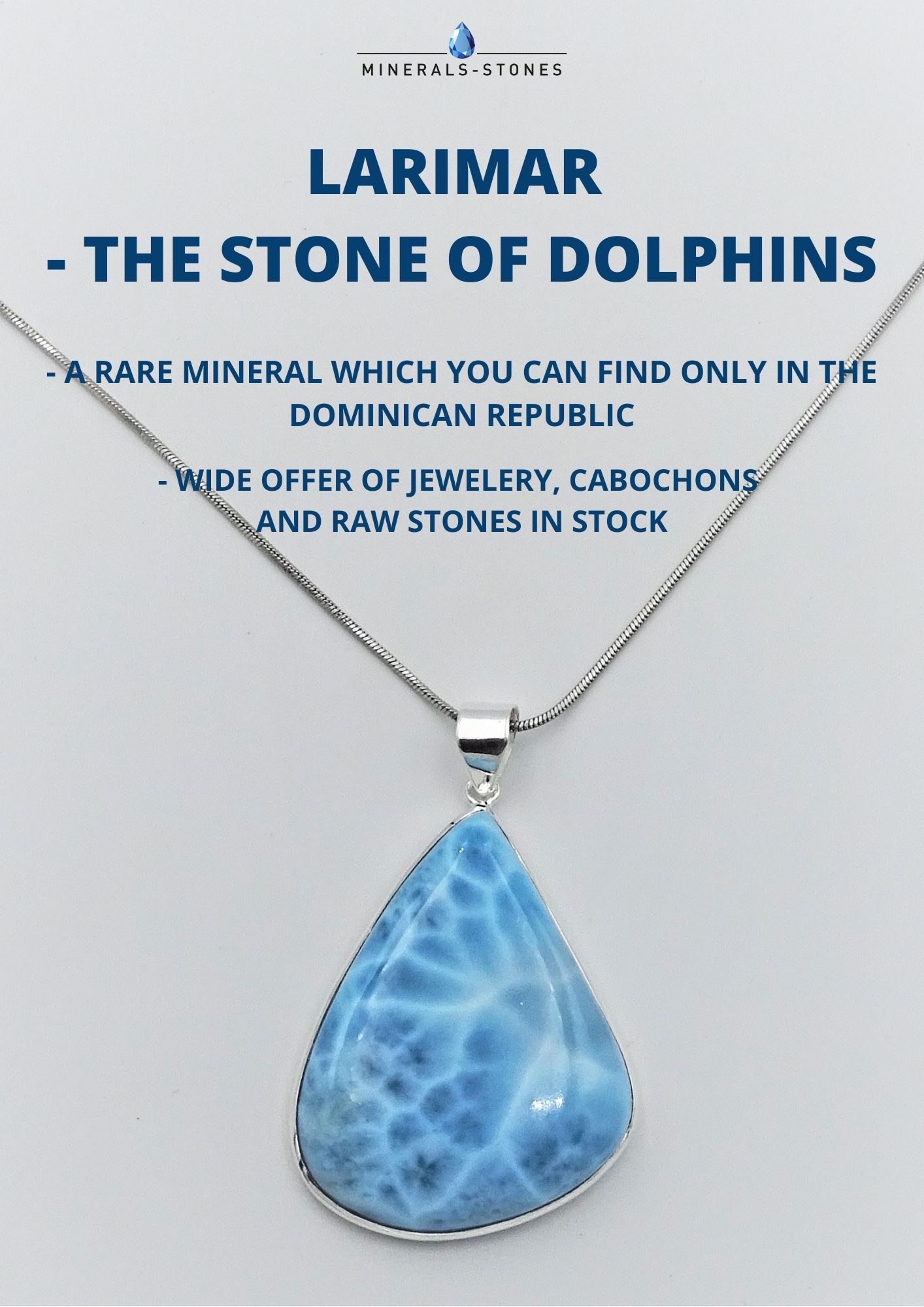Amber

It is said that time is cursed in amber. It is a fossilized resin, sometimes classified as a mineral, sometimes as an organogenic sedimentary rock, most often about 50 million years old (however, amber is known to be up to 320 million years old, ie originating from the Paleozoic carbon). The most common and well-known color of amber is golden yellow to honey, rarer forms are then colored red, white, blue and green. Amber is of organic origin and has an amorphous structure. Its composition varies depending on the tree from which it comes, although all types of amber contain terpenes or components that are common to hardened resins. It contains numerous inclusions, including parts of the plant - leaves, flowers, pine needles, but also the bodies of many animals - scorpions, snails, frogs and lizards and insects. The oldest preserved amber with preserved insects comes from the Mesolithic Triassic period and is about 230 million years old. Thanks to its unique properties, amber is very popular not only among collectors, but also among jewelers. The production of amber jewelry and ornaments has a long tradition, as people have been processing them since the Stone Age. Amber jewelry and amulets were also used by people in other cultures (eg ancient Greece, Rome, Mayan, Inca and Aztec civilizations), believed in their strength, and often used as a talisman or healing agent. Even today, amber beads are very popular with mothers, who use them to soothe pain when children grow teeth. Another application of amber - more precisely amber essential oil - can be found thanks to a unique and inimitable scent in the production of fragrant essences and perfumes.

